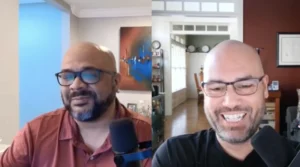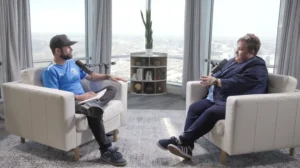Private Health Insurers Must Evaluate Public Health Data
Is it in health insurance providers’ best interest to continue offering free COVID-19 test kits after it’s no longer mandated? Clearsurance.com health insurance expert, Melanie Musson, explores the need for data, evaluation, and making the best decision based on facts.
COVID-19 Public Health Emergency
In April 2022, the COVID-19 Public Health Emergency (PHE) was extended for 90 days, which expires around mid-July.
Georgetown University Health Policy Institute shared that the Biden administration has previously advised that they will give 60 days’ notice before the PHE expires. So, since there hasn’t been a notification, it’s expected that the administration will extend the PHE.
In January of 2022, the Health and Human Services Department announced that the Biden-Harris administration requires health insurance providers to cover the cost of at-home COVID-19 testing kits.
Even though it appears that health insurance providers will continue to be required to cover certain COVID-19 services like free testing kits in the short term, in the long term, the Public Health Emergency will end. So, insurance providers must weigh the benefits of continuing previously mandated coverages.
The Value of Data
Health insurance providers need to start collecting data now, so they have time to collect information and evaluate results. There are several factors that they should consider when developing a post-emergency plan of action.
First, they should consider the results of frequent testing. For example, if individuals test frequently, will they be more likely to quarantine following a positive test result than if they simply felt ill?
Second, providers should seek to prove whether frequent testing is proven to result in lower community spread and hospitalization rates? Since hospitalizations are so expensive, insurers could save a lot of money avoiding paying hospital claims. It would take a lot of testing kits covered at 100% to equal the cost of one hospitalization.
Third, insurers should seek to discover if the policy-holder response to suspected COVID-19 changes if testing kits are covered like other medical tests or are covered 100%. For example, it’s possible that if someone suspects they have COVID-19, they may be willing to pay a copayment for a testing kit but would be less likely to pick up a test if they don’t have symptoms.
Also, providers should consider whether upfront coverage is more effective than COVID-19 testing reimbursement is more effective than
Policyholder Response Should Influence Decisions
Some policyholders may take advantage of free testing and obtain tests for fun. Sometimes when they test, they may have a positive result that they wouldn’t have caught so early, which may help them avoid interacting with others and spreading COVID-19. But providers need to evaluate data to determine if this is conjecture or supported by facts.
The bottom line should be to discover if free testing decreases community spread and if it’s superior to partially covered tests regarding the outcome.
COVID-19 is here to stay, and if insurance providers determine the best way to handle testing, they can form the best policies, help save lives, and give policyholders the lowest premiums possible while maintaining solvency.






